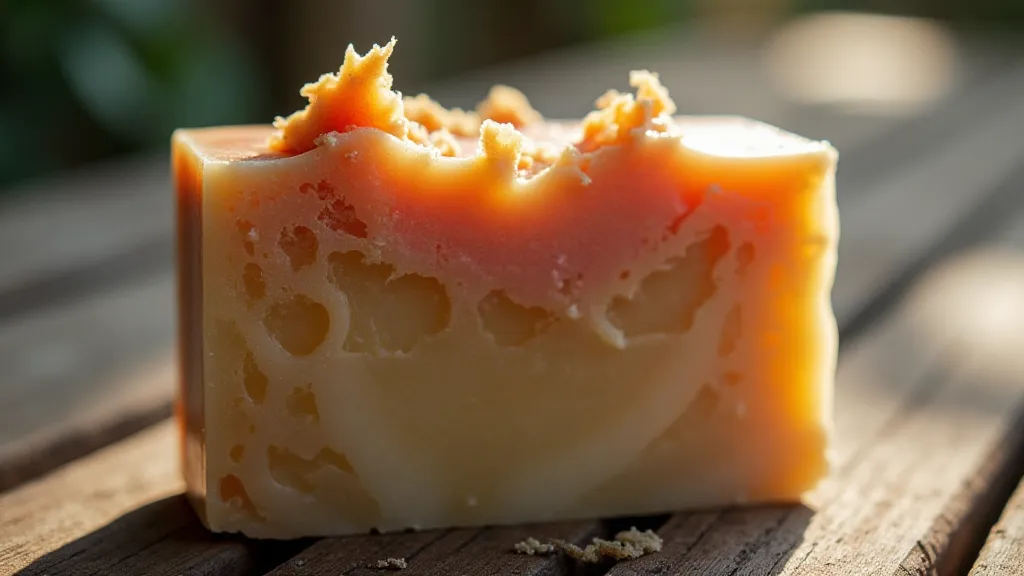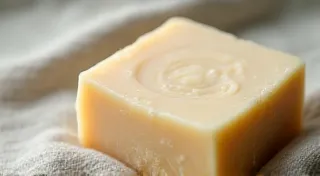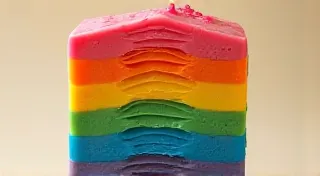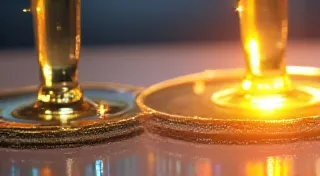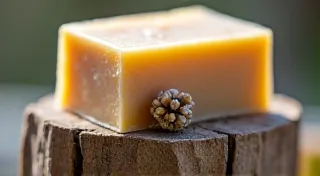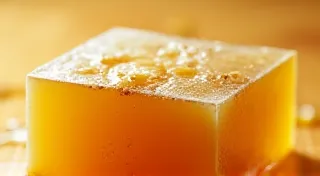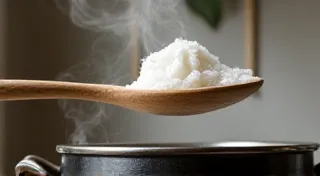The Alchemist's Bloom: Unveiling the Subtle Art of Fragrance Layering in Natural Soap
There's a certain resonance I find in antique accordions – the way the bellows whisper of past melodies, the worn keys hinting at countless hands that have coaxed music from them. They aren’t just instruments; they’re time capsules, each note an echo of a story. Similarly, crafting truly exceptional artisan soap isn’t merely about combining oils and lye. It's about layering fragrance – building a complex olfactory experience that tells a story, evokes a memory, or transports the user to another place entirely. It's about becoming, in a sense, an olfactory alchemist.
The history of scent and its use is as old as humanity itself. Ancient Egyptians used aromatics in religious rituals and personal care, while Romans incorporated fragrances into bathing and perfumery. The pursuit of pleasing scents has always been intertwined with culture, status, and even healing practices. Modern soapmaking, while rooted in practicality, has become a canvas for creativity, allowing us to revisit and reimagine these ancient traditions through a contemporary lens. And fragrance layering is the key to unlocking the full potential of that canvas.
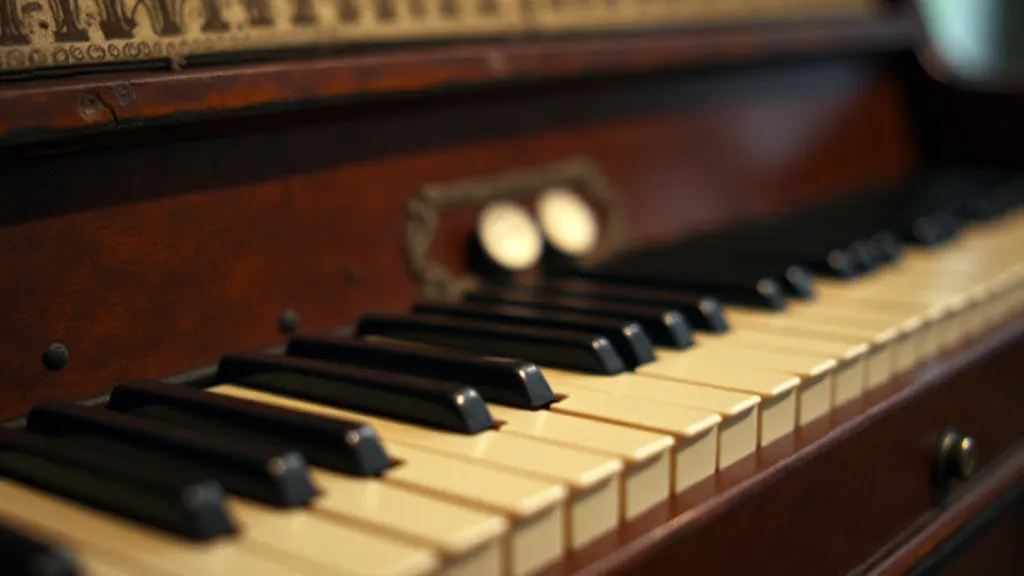
Understanding the Pyramid: Top, Middle, and Base Notes
Fragrance layering operates on a structured principle, often visualized as a pyramid. At the apex are the top notes – the initial burst of scent you perceive upon application. These are typically light, volatile compounds like citrus (lemon, grapefruit, bergamot) and many herbs (peppermint, eucalyptus). They evaporate quickly, lasting only a few minutes, but they set the stage for what follows. They are the first, fleeting impression, like the opening chords of a beloved song.
Below the top notes lie the middle, or heart, notes. These form the body of the fragrance, providing warmth and complexity. Floral scents (rose, jasmine, lavender), spices (cinnamon, clove), and some fruits (apple, peach) often reside here. Middle notes last longer than top notes, typically between 20 minutes and an hour, and they provide a crucial link between the fleeting top notes and the enduring base notes.
Finally, at the foundation of the pyramid are the base notes. These are the long-lasting, grounding scents that linger for hours, even days. Think of resins (frankincense, myrrh), woods (sandalwood, cedarwood), vanilla, and musk. Base notes are the anchors of the fragrance, providing depth and longevity. They are the final, lingering impression – the echo that remains long after the initial burst has faded.
The Chemistry of Saponification and Cure
What many novice soapmakers don't realize is that the saponification process itself alters fragrance. Lye (sodium hydroxide) reacts with oils to create soap, and this reaction affects the volatility and intensity of different scent molecules. Top notes, being generally lighter and more volatile, are the most affected, often appearing less prominent in the finished soap. Base notes, being heavier and more stable, tend to be less impacted. The intricacies of this process, and the many factors that influence it, are often explored in more detail within comprehensive resources dedicated to the ultimate guide to cold process soapmaking, which can prove invaluable for those embarking on their soapmaking journey.
Furthermore, the ‘cure’ – the period of time soap sits and dries – continues to influence the fragrance. As water evaporates, the soap becomes harder and the fragrance becomes more concentrated. This process can subtly shift the balance between the different notes, intensifying some and mellowing others. Understanding this process is vital. The aging process impacts the perception and longevity of the scent profile, and many soapmakers will find that notes change significantly from fresh soap to cured soap.
When choosing essential oils or fragrance oils for soapmaking, it's crucial to consider their flash points (the temperature at which they ignite). High flash point oils are safer to handle and less likely to evaporate during the soapmaking process. However, even with careful selection, adjustments to fragrance usage rates are often necessary to achieve the desired olfactory profile in the cured soap.
Natural vs. Fragrance Oils: A Delicate Balance
The choice between natural essential oils and synthetic fragrance oils presents a distinct set of considerations. Essential oils, extracted from plants, offer a complex and nuanced aroma that is often considered “natural” and therapeutic. However, they can be more expensive, less stable in soap, and some can accelerate trace (the point when the soap batter starts to thicken). Certain essential oils, like citrus oils, can contribute to DOS (Dreaded Orange Spots) if not handled properly.
Fragrance oils, on the other hand, are often more cost-effective and readily available. They are often specifically formulated to be stable in soap, and their fragrance profiles can be incredibly diverse. However, some individuals may be sensitive to synthetic fragrances, and their longevity can sometimes be less complex than that of natural essential oils. The art lies in understanding each type’s properties and using them strategically. Often, the best approach is to blend both, harnessing the strengths of each. For those deeply interested in the philosophy and sensory dimensions of soapmaking, exploring the concept of how memories and emotions are tied to scent can be a rewarding pursuit – you might find the crucible's echo a fascinating read on that front.

Crafting Olfactory Stories: Examples and Techniques
Let's illustrate with some examples. Imagine creating a soap inspired by a misty forest. You might start with top notes of bergamot and pine for a bright, refreshing opening. Middle notes of rosewood and damp earth would evoke the forest floor. Finally, base notes of cedarwood and patchouli would ground the fragrance, adding depth and mystery. The final result should be a soap that smells like a walk through a secluded woodland.
Another example: a soap reminiscent of a Moroccan spice market. Begin with a burst of bright orange top notes. Layer in middle notes of cinnamon, cardamom, and clove. Anchor the fragrance with base notes of amber and sandalwood. This creates a warm, exotic, and inviting scent. Beyond simply selecting individual notes, the skillful soapmaker often creates accords - carefully balanced blends - that enhance the overall fragrance profile.
Techniques for layering fragrance go beyond simply combining notes. Consider using “accords”—blends of essential oils or fragrance oils—to create a more complex and cohesive fragrance. For instance, a "wood accord" might combine cedarwood, sandalwood, and vetiver to create a rich, earthy base. Think about how the interplay between different fragrance families – floral, woody, spicy – can create unexpected and compelling results. The art of blending requires both technical knowledge and artistic intuition.
To truly understand how the subtleties of fragrance interact during saponification, consider the role of pH. The alkaline environment of the soap batter can significantly alter the perception of certain scents. Some fragrances may become more pronounced, while others may become masked. This understanding is crucial for achieving the desired olfactory profile in the finished soap.
The Resonance of Patience: The Importance of Observation
Just as an accordionist fine-tunes their instrument and learns to coax the most beautiful melodies from it, the artisan soapmaker must cultivate patience and keen observation. The journey of fragrance layering is one of continuous learning. Pay attention to how your blends change during saponification and cure. Note which notes are most prominent and which ones are less noticeable. Adjust your formulas accordingly. Documenting your process is crucial. Keep detailed notes of your fragrance combinations, usage rates, and observations about their performance during the curing process.
Furthermore, don's underestimate the importance of sensory evaluation. Regularly sample your soap at different stages of the curing process. This allows you to track how the fragrance evolves over time and make adjustments as needed. Seek feedback from others to gain a broader perspective on your creations.
Ultimately, the goal is to create a soap that isn’t just clean, but an experience. A soap that evokes a feeling, tells a story, and resonates with the user long after it’s been lathered. The subtle art of fragrance layering isn’t about following a formula; it’s about embracing the creative process and allowing your artistry to bloom. It's a path filled with learning, discovery, and, ultimately, the creation of something truly special - a handcrafted soap that captivates the senses and nourishes the soul.
